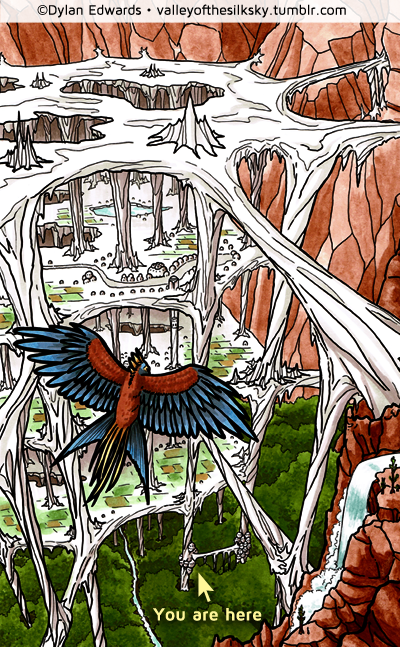 The web structure that spans almost the entire length and breadth of the valley is a country known as Pocalo.
The web structure that spans almost the entire length and breadth of the valley is a country known as Pocalo.
Each level of the web structure is a separate province, and each province has its own distinct flora and fauna, culture, dialect, food, and so forth. There are elevators connecting the provinces that allow for travel up and down.
Muru is the third tier of the lower provinces, making it the topmost province that is still in direct contact with the ground. Muru is a bit of a rough place to make a go of things, as there are a number of predators roaming about who view humans as a tasty snack. The porous nature of Muru’s borders means that people can come and go as they please, making it a desirable location for those who wish to operate outside the law.
Most settlements in Muru are built high off the ground due to the aforementioned predators and bandits. Because much of the interior is in the shadow cast by the upper provinces, almost all major settlements in Muru are found around the outer edges. The city the arrow is pointing to is Duvane, an outpost town that is not at all flashy, but a good spot to head to if you have goods to sell or trade.
Despite being rough and difficult to navigate, Muru forms a cornerstone of the Pocali economy. It is home to many rare flora and fauna which are used to make medicines. The majority of runners spend at least some of their time foraging in Muru.

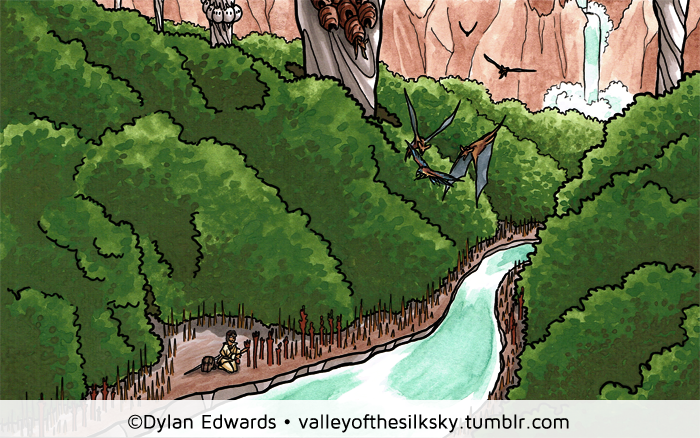
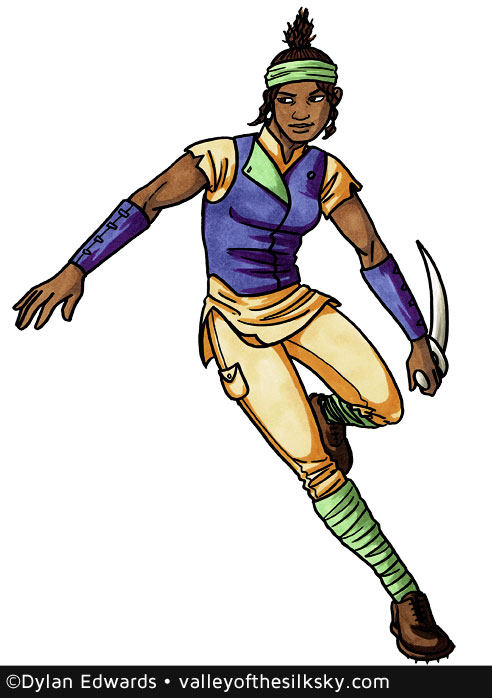 The unusual geography of the Valley makes it a host to countless microclimates, which in turn means there’s a whole bunch of rare flora, many of which may only be found in one small area.
The unusual geography of the Valley makes it a host to countless microclimates, which in turn means there’s a whole bunch of rare flora, many of which may only be found in one small area.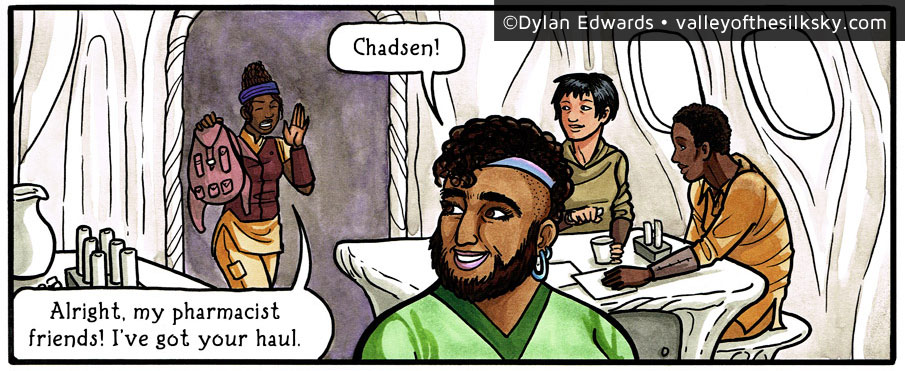
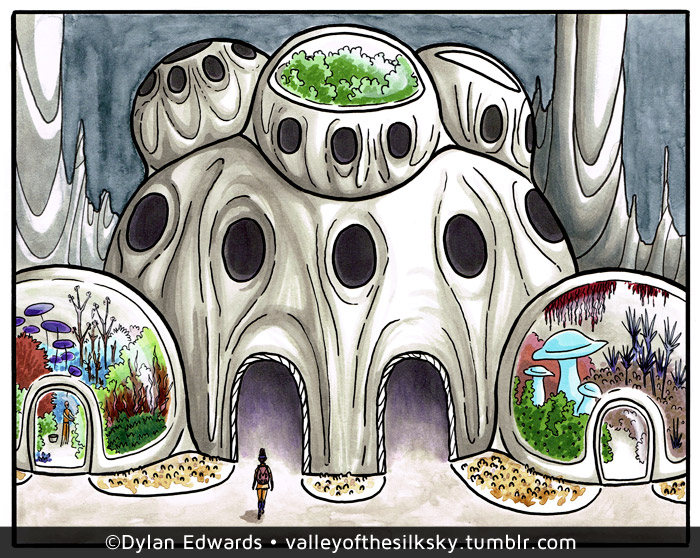 Botanists are always looking for species that can be domesticated and grown on demand to reduce production costs. Places like the Pharmaceutical Research Center in Uttara City typically have greenhouses that cultivate whatever useful species can be grown in the area. The modular nature of the building helps prevent unwanted cross-pollination of the plants being cultivated, or escape by potentially invasive species.
Botanists are always looking for species that can be domesticated and grown on demand to reduce production costs. Places like the Pharmaceutical Research Center in Uttara City typically have greenhouses that cultivate whatever useful species can be grown in the area. The modular nature of the building helps prevent unwanted cross-pollination of the plants being cultivated, or escape by potentially invasive species.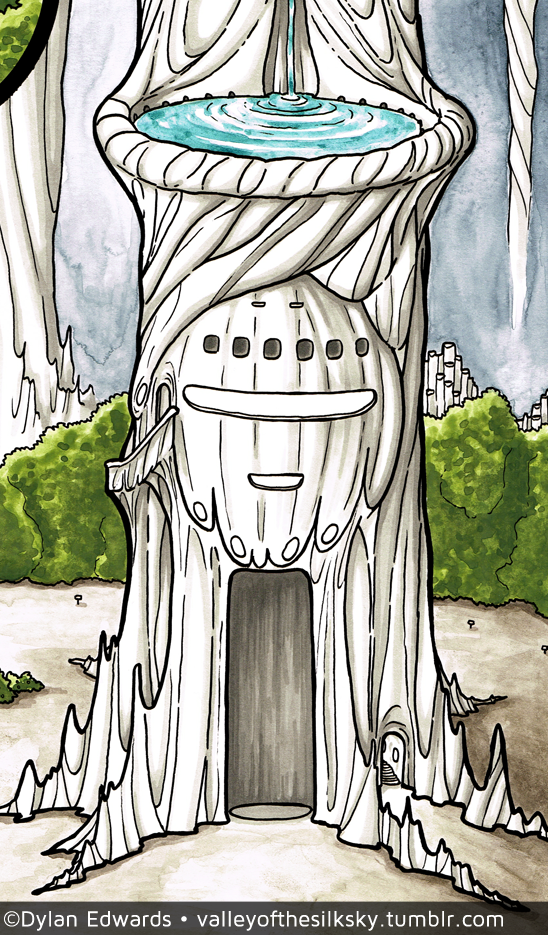 Waystations are a common feature of Muru Province, serving as safe ports of call throughout the wilderness. They’re generally roughly a day’s travel from one another or from a city or settlement, since it’s not really a good idea to sleep outside in Muru if you can help it.
Waystations are a common feature of Muru Province, serving as safe ports of call throughout the wilderness. They’re generally roughly a day’s travel from one another or from a city or settlement, since it’s not really a good idea to sleep outside in Muru if you can help it.